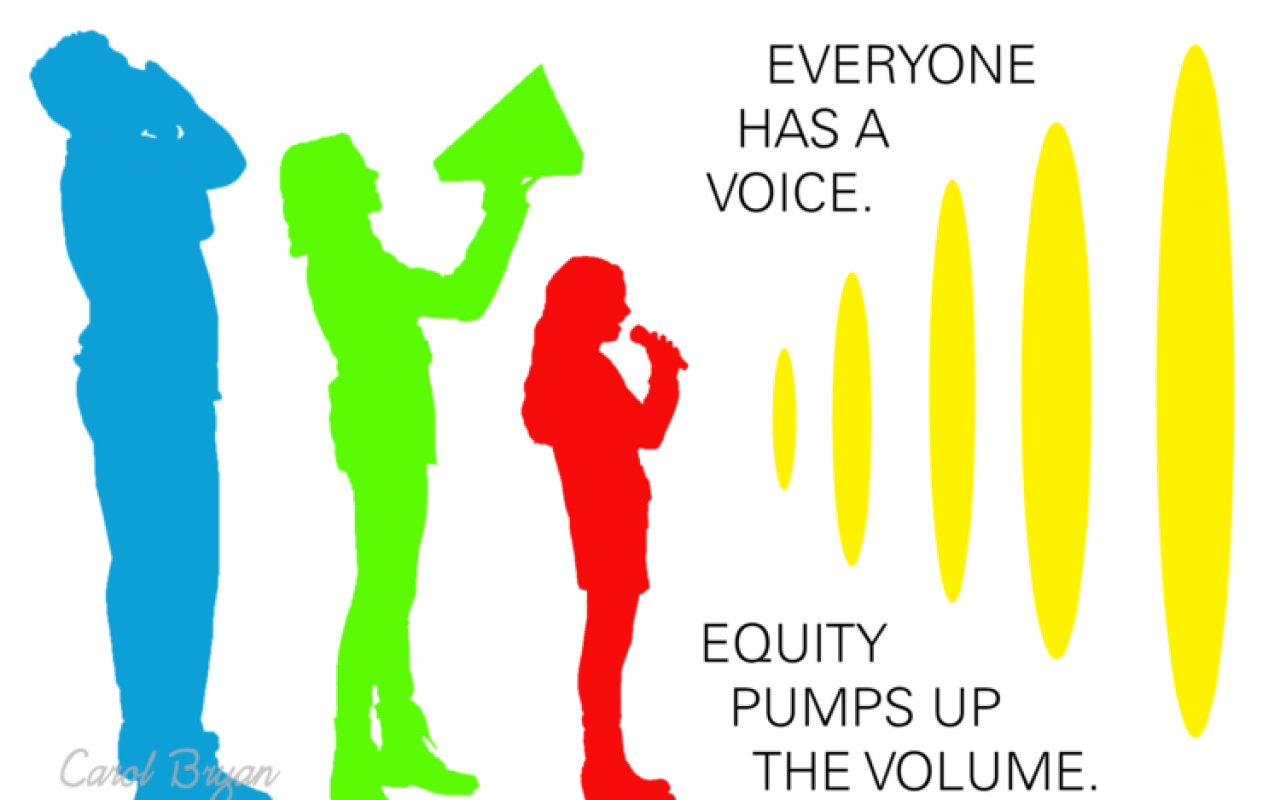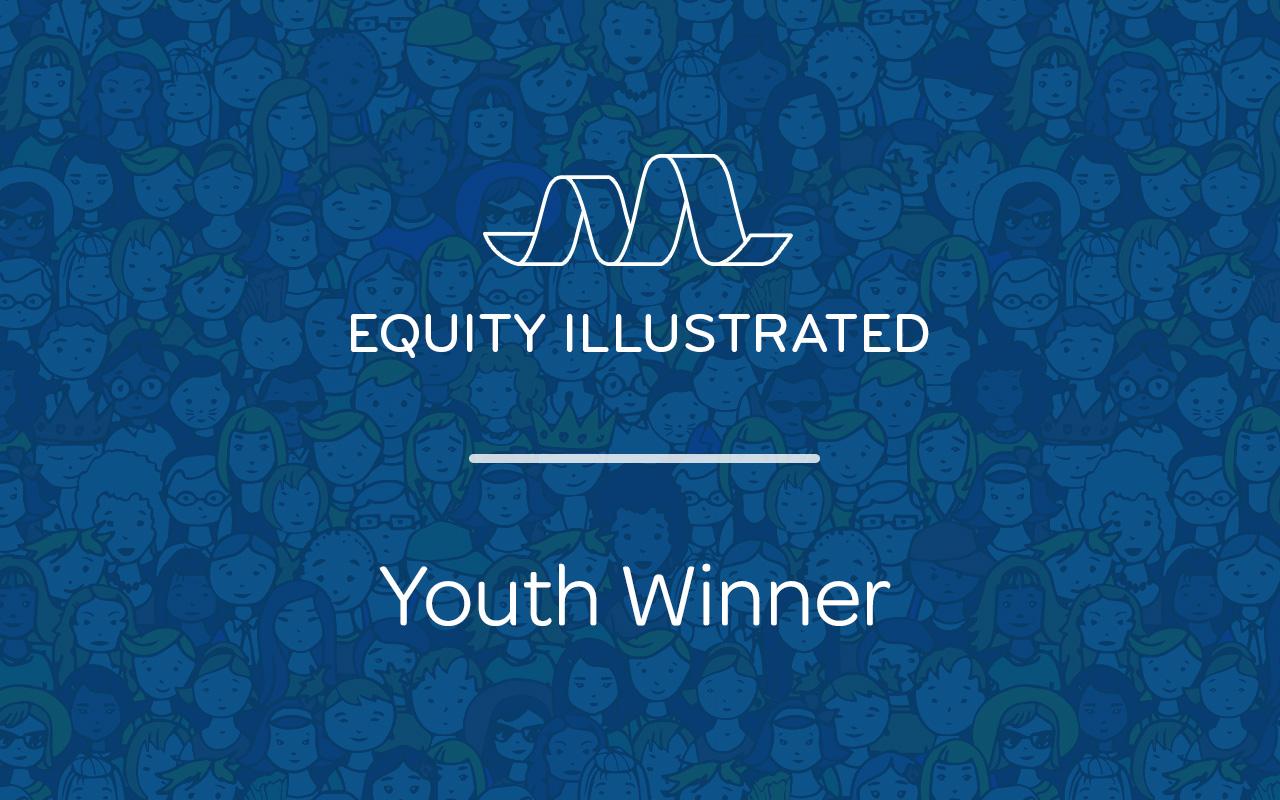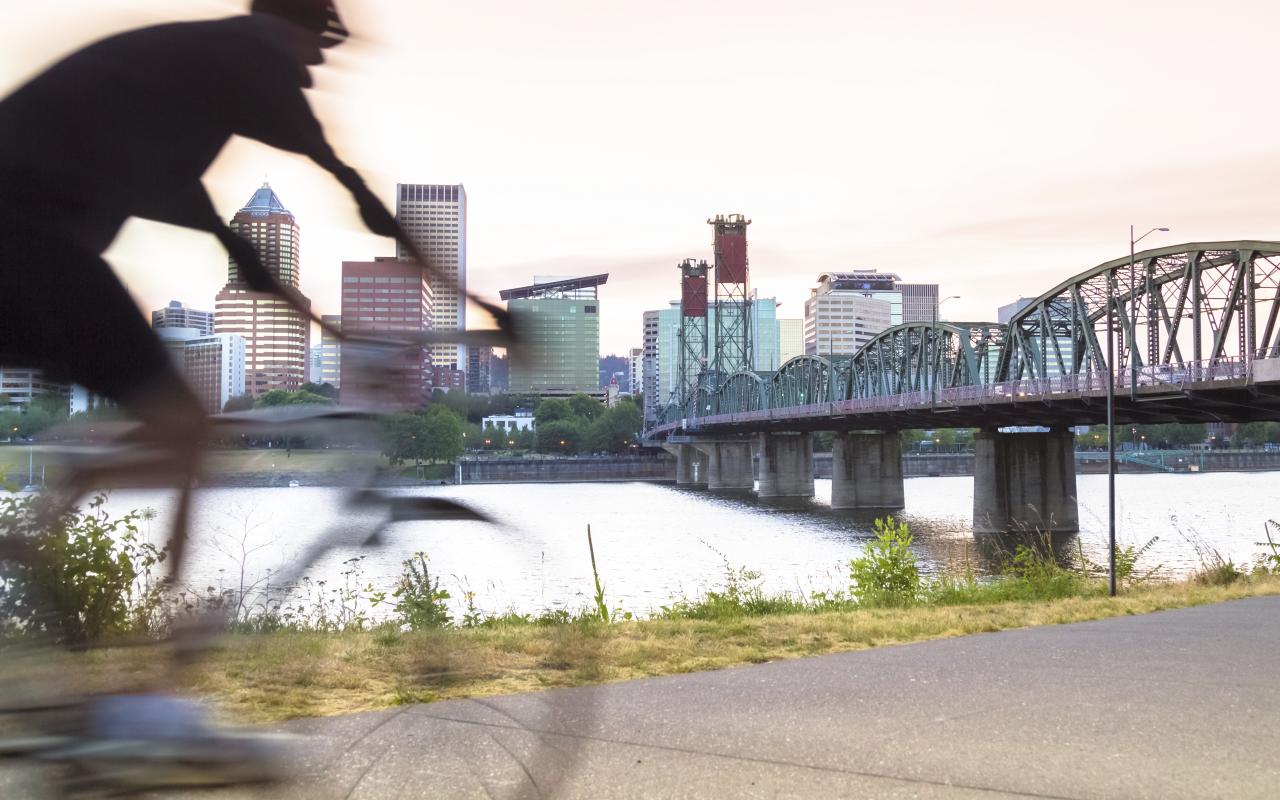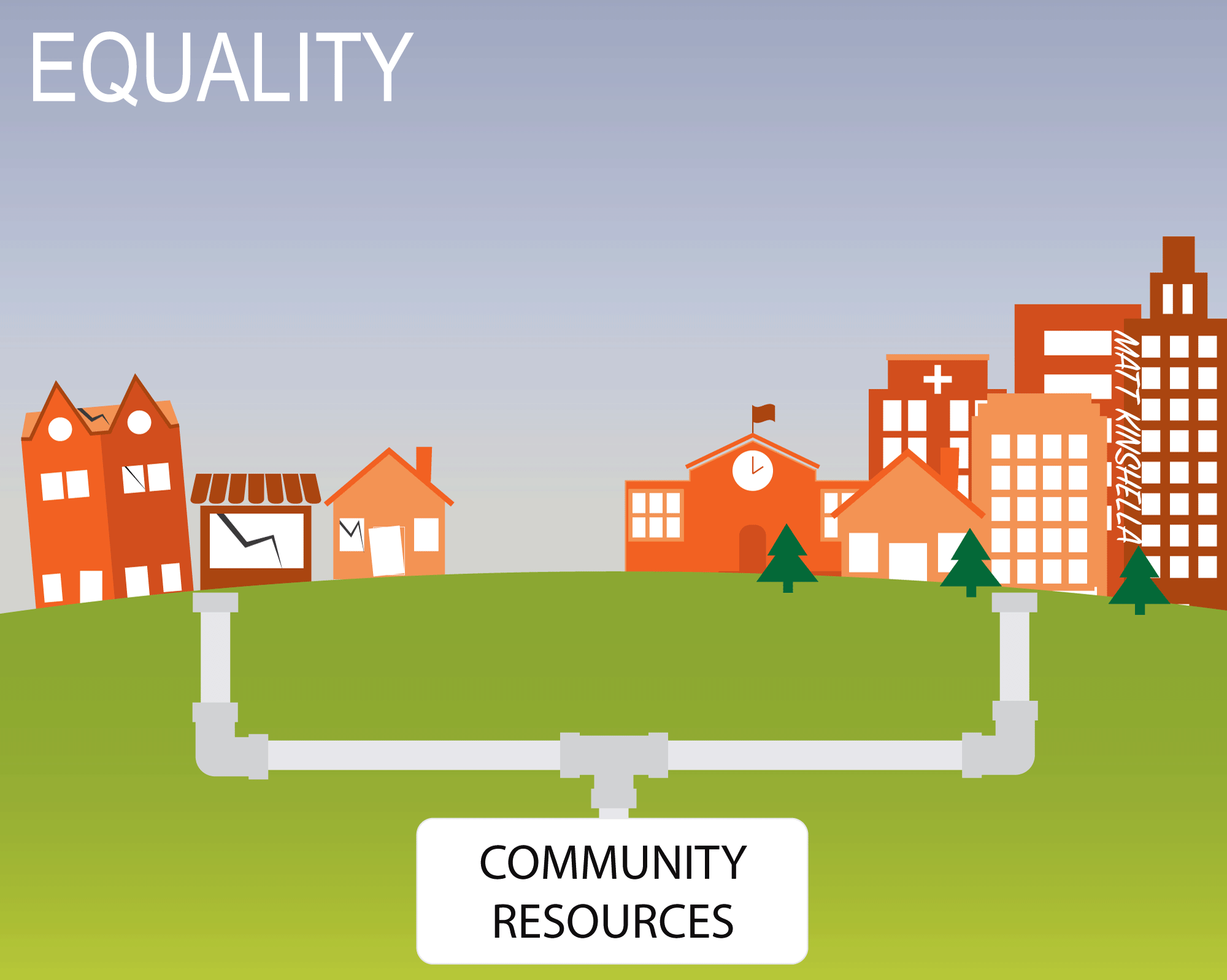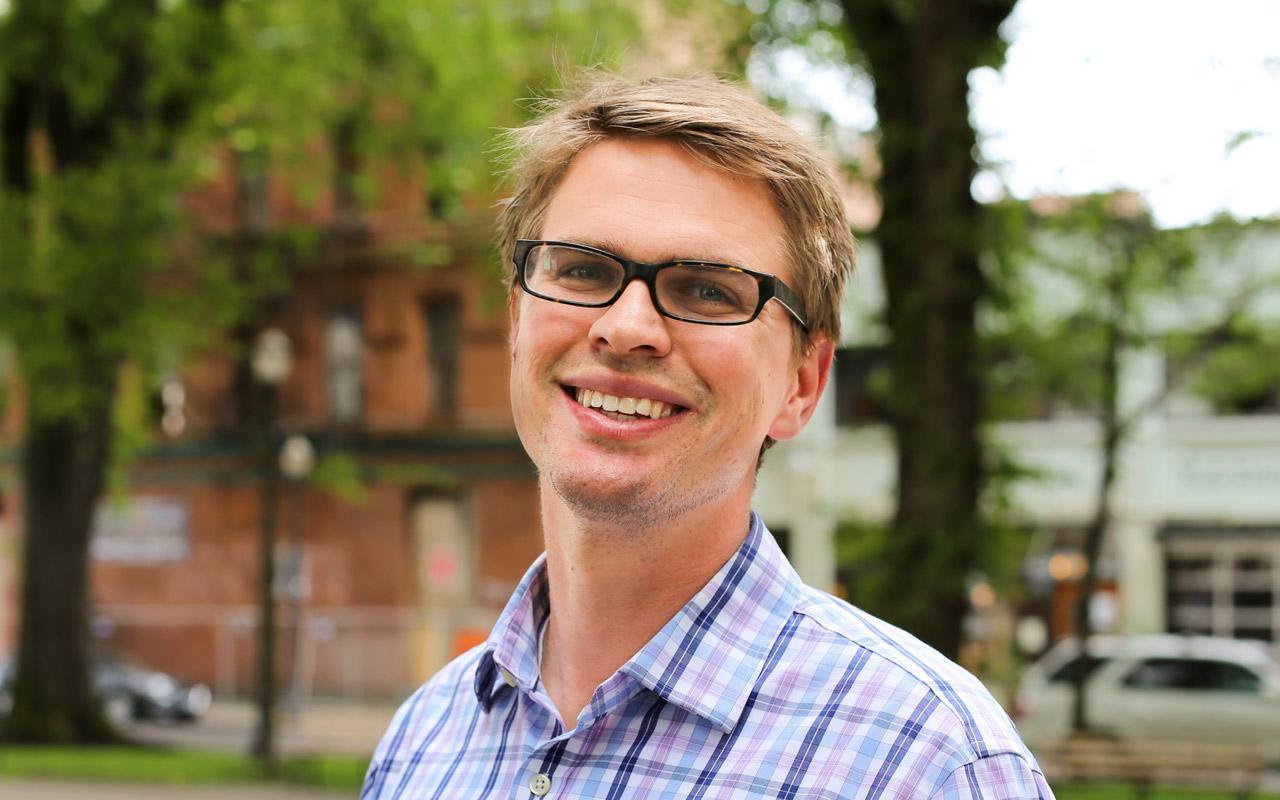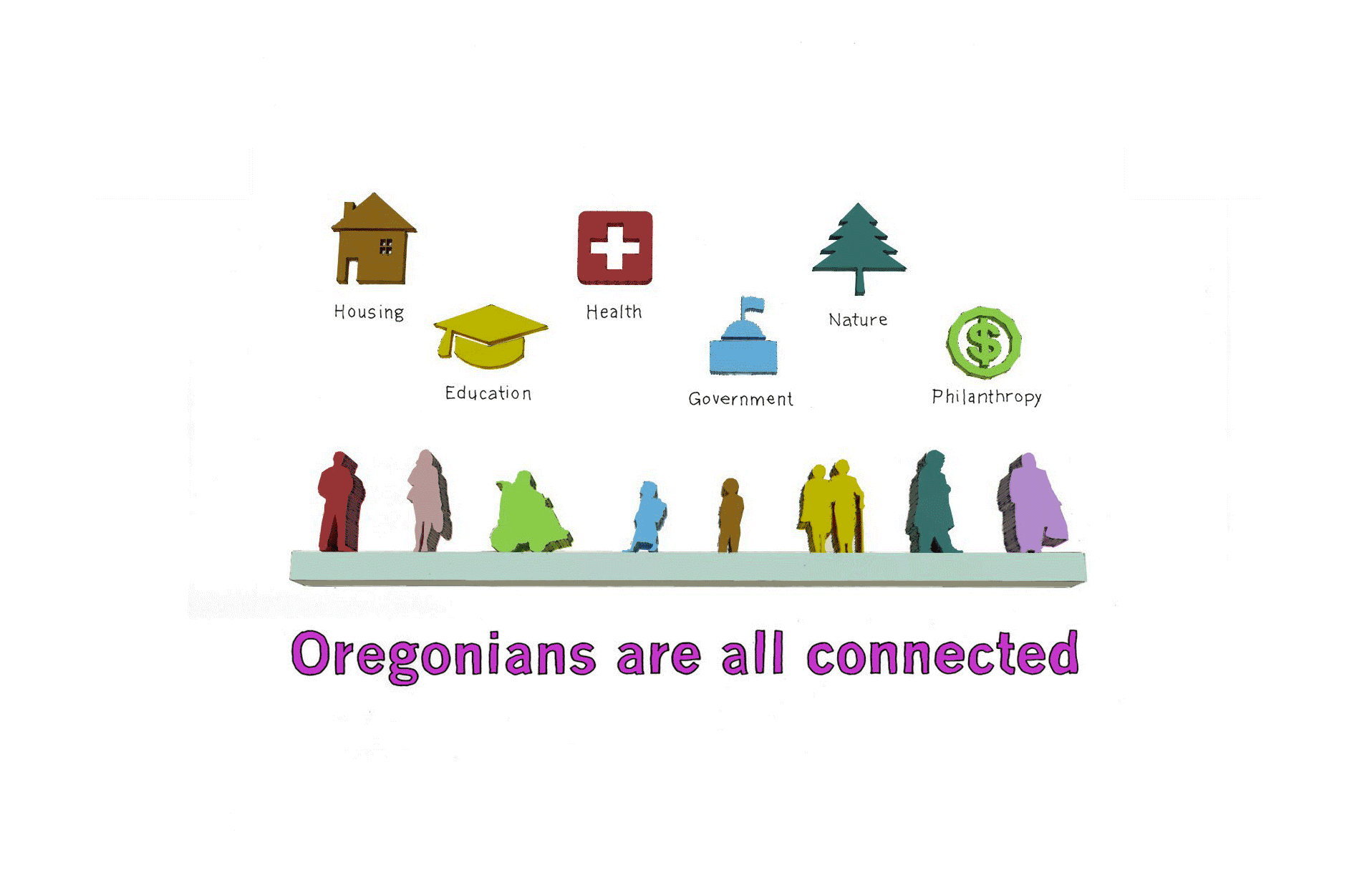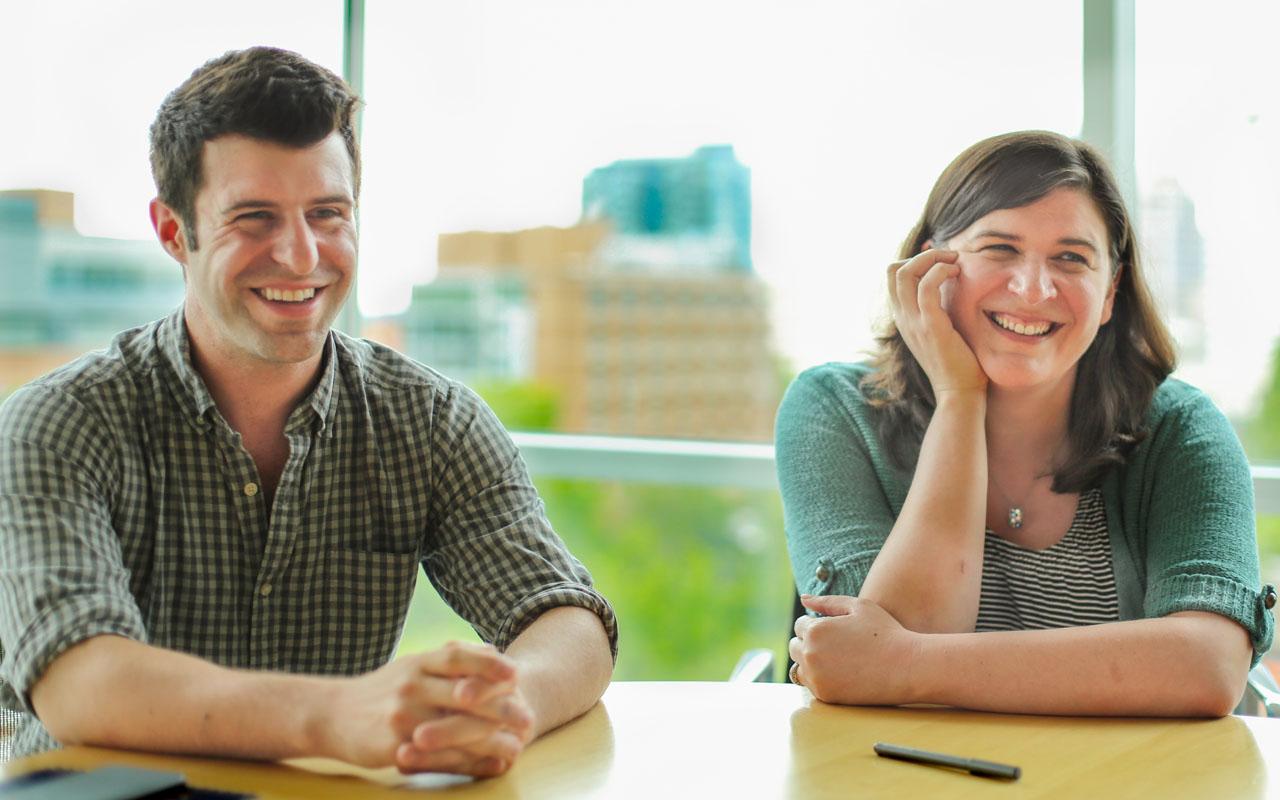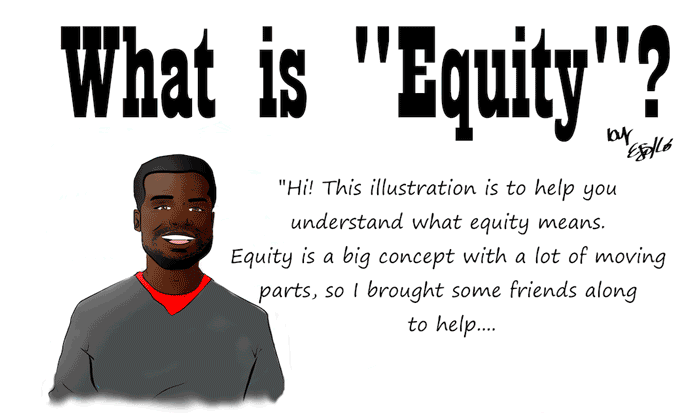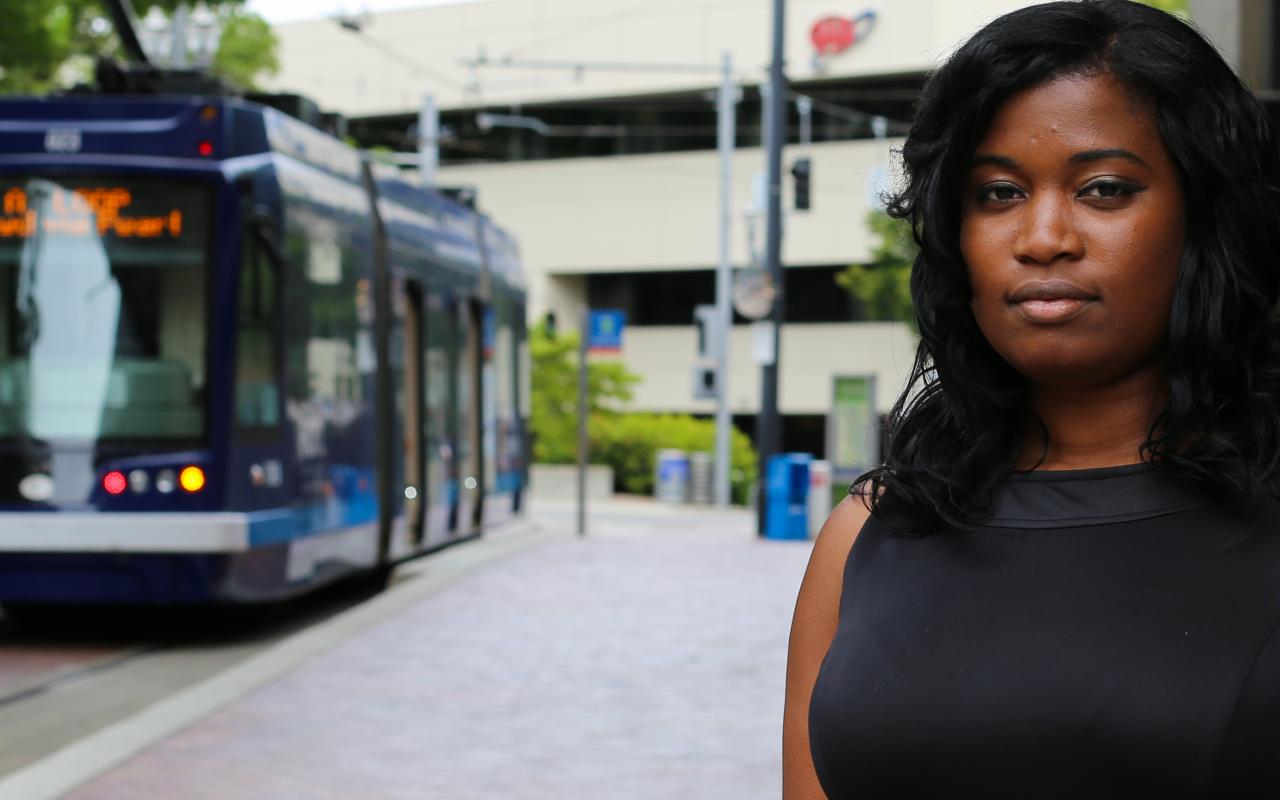Thinking about submitting a collaborative proposal?
Since announcing the 2016 Funding Opportunities in March, we have had many great conversations with organizations from across the state. We’ve heard compelling ideas, learned about fabulous work and gained new insights about communities in all corners of our state.
One common theme: we’re hearing a lot interest and questions from groups that are considering submitting an application on behalf of a collaborative. We are excited about the energy for new levels of collaboration in the field, and we highly value efforts to unite interests and work across issues. At Meyer, we understand the power of collaboration and recognize that we cannot work in isolation if we are to make meaningful progress toward an equitable and flourishing Oregon.
This is exactly why we created a place within our new funding opportunities to support collaborative work. As you know from our application information, an organization may submit one proposal for itself and one proposal on behalf of a collaborative. Our intention is to avoid forcing groups to choose between their own organizational needs and the needs of a collaborative effort in which they are involved.
Many of you have asked what makes for a strong collaborative proposal to Meyer and what you should consider in deciding whether to be part of a collaborative proposal. Here are a few things to think about as you decide whether and how to approach Meyer for support of your collaborative efforts through our current funding opportunities:
— Meyer grants will support collaboratives that communicate clear and compelling purposes that align with our funding goals, demonstrate clear partner commitments and roles, and have clear decision-making structures. We want to be clear that we are not asking organizations to create new partnerships just to be eligible for funding. In fact, quickly convened collaborations for the purpose of applying for a Meyer grant are not likely to be competitive. We are looking to partner with collaboratives that are well-organized, meaningfully share resources and decision-making, and are ready to take action.
If your collaborative is just being established or has operated informally and is now ready to become more structured, a technical support grant for planning and development will likely be the best fit for you. Each of the 2016 funding opportunities offer technical support grant opportunities of between $10,000 and $35,000 (depending on portfolio), which could support such planning.
It is also important to understand that available grant dollars are limited — not all collaboratives that apply are likely to be funded, and only one partner should apply on behalf a particular collaborative.
— If your organization is involved in multiple applications through a variety of partnerships and collaborations, help us to understand your priorities and capacity.We’ve heard from a number of organizations that are considering being partners in a number of grant applications in this funding cycle. Keep in mind that as we review applications, it may be difficult for us to understand how your organization is juggling its involvement in numerous collaborations or coalitions, especially if you have a small staff team or are volunteer-run. As you put together your proposals, help us to understand your capacity to be active and engaged in multiple partnerships. Also, consider what your organization’s key priorities are for Meyer funding and make this clear to us in your proposal(s), recognizing that not every Meyer application you are involved in may be funded.
— The total amount of funding you have or are requesting from Meyer is a factor in our decision-making. We believe that diverse sources of revenue make organizations strong and that too much support from any one source, including Meyer, can create challenges with sustainability and community perceptions of independence. As we consider a proposal from your organization, we will also be considering the amount of Meyer funds your organization is receiving through existing grants, as well as new funding being requested for your organization, including through collaborative proposals.
If you have a current Meyer grant and/or are considering being involved in multiple proposals and would like guidance about the amount of funding you are considering requesting, please contact us.
— Remember that each of the 2016 Funding Opportunities has a finite amount of grant funds available. Each funding opportunity has a specific “up to” grant budget for this year, so the total funded proposals will not exceed these amounts in 2016 funding:
$3.5 million, Housing Opportunities
$5 million, Building Communities
$2.5 million, Healthy Environment
We expect these limited dollars will be dedicated to work across Oregon and across our funding goals. Again, if you are involved in multiple proposals, help us to understand your highest priorities, knowing that not all these proposals may be funded.
You may have other questions and we welcome those, too. Please contact us at questions [at] mmt.org (questions[at]mmt[dot]org) or call us at 503-228-5512. We are excited for the opportunity to support collaborative work that will further our mutual goals! We hope these tips will guide decisions on how best to approach Meyer for support. As always, our team will be happy to assist you.



